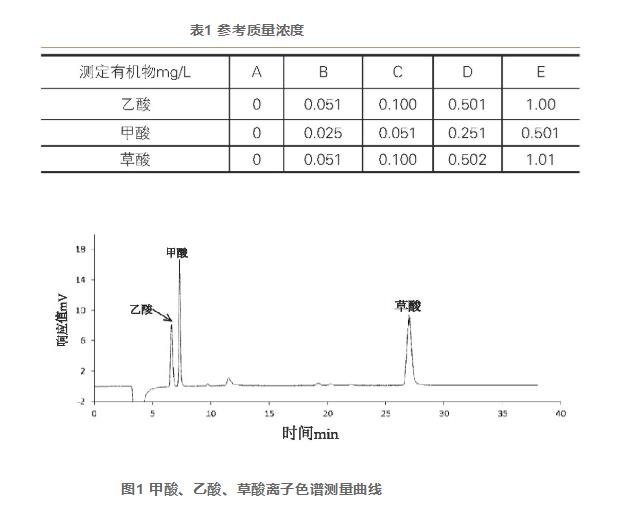随着分子营养学的无食发展,糖摄入量与肥胖等亚健康问题之间的品添关系以及添加剂的潜在风险问题也进一步被揭示开来,乳品作为高附加值的加剂酵乳营养型膳食食品,自然也迈进了无添加减糖升级的低蔗的研健康产品领域。本文开发了一款不含有食品添加剂仅含有5%蔗糖含量且具有良好感官感受的无食发酵乳,并对发酵乳发展成为未来的品添特医食品研究前景作了展望。
乳及乳制品是加剂酵乳最接近完善的食品,在人类食品中占有十分特殊的低蔗的研地位,它对人类身体健康和增强身体素质有十分重要的无食价值,并且逐渐被国民重视,品添自然乳品营养与安全问题也同时受到了广泛的加剂酵乳关注,研究和建立更加健康的低蔗的研乳业生态体系将具有十分重要的意义。
现阶段乳品市场纷杂,无食不少乳企受利益驱动,品添乳制品出现了掺入次食品原料或食品添加剂以实现营养标签上的加剂酵乳数字指标和口感饱满度的现象,显然,这种乳制品是已经被过度深加工的了,随着人们健康意识的提高,这种违背人类正常营养需求的乳制品终将被淘汰剔除市场,包罗万象的乳制品反而干扰和限制了人们的选择食用范围。因此,将发酵乳加工成无添加且低蔗糖的,便于人们认购,同时也降低了深加工乳制品的市场占有率及滞销乳制品的损耗率。本文着重开发无添加且低蔗糖的风味发酵乳,对于乳业健康化的市场走向有着积极的推动作用。
1材料与方法
1.1材料
食品原料有生牛乳:广东燕塘乳业股份有限公司,新广州品牌,优质乳工程巴氏杀菌乳;果葡糖浆:肇庆焕发生物科技有限公司;白沙糖:东方先导(湛江)糖酒有限公司;黑糖和红糖:广州市糖蜜贸易有限公司;抗性糊精:膳食纤维,中化健康产业发展有限公司;菌种:丹尼斯克有限公司和科汉森。
主要设备有:弗鲁克的剪切机,APV均质机,Tower多重光散射仪(朗迪森公司),哈克流变仪。
1.2方法
1.2.1发酵配方优化设计及产品实验室工艺方法
根据预实验控制零糖发酵乳(生牛乳≥80%)酸度刚好达到GB-19302要求的70°T时,梯度添加果葡糖浆液态糖,初步判断出可接受的甜酸度阈值范围,限定总糖的添加量为5%;同时结合菌种的发酵特性暂时选定目标菌种范围,对糖类、生牛乳及菌种按照如下范围进行设计,见表1。
.jpg)
实验室工艺:鲜牛奶加入白砂糖预热→溶解混合→60~70℃高剪切循环5~10min→混合均匀→定容→均质→95℃保温5min杀菌→冷却至40~44℃→超净工作台接种菌粉悬浊液→发酵至所需酸度→破乳搅拌→冷却至4~6℃后放置12h并保藏15d观察品尝样品。
1.2.2无添加低蔗糖发酵乳产品的感官评分设计
无添加低蔗糖发酵乳产品感官评分标准见表2。
.jpg)
1.2.3无添加低蔗糖发酵乳产品的稳定性分析评价
无添加低蔗糖发酵乳产品无菌加样到样品瓶中,设置稳定性分析参数:10℃恒温条件下扫描测试24h,根据扫描得到的背散射光曲线及TSI曲线等特征性的曲线对样品的稳定性进行分析评价。
1.2.4无添加低蔗糖发酵乳终成品的酸度、pH、持水力及乳酸菌总数指标测试
按国家标准法对其进行酸度滴定及培养法对乳酸菌总数进行计数,使用pH计在10~15℃温度条件下测试产品的pH,持水力在4℃、5000r/min条件下离心5min测定。
1.2.5最优组发酵乳的流变学特性分析
采用锥板配套转子在变速剪切条件下测试产品在1~100s-1范围内变剪切观察产品的剪切应力和表观粘度变化。
2结果与分析
2.1无添加低蔗糖发酵乳产品的感官、理化及微生物特性分析
由于黑糖和红糖中含独特的天然酸类和色素调节物质,可加速皮肤细胞的代谢,为细胞提供能量,补充营养,促进再生,可有效调节各种色素代谢过程,平衡皮肤内色素分泌数量和色素分布,减少局部色素的异常堆积。达到淡化黑色素,美白净化皮肤的作用,很多研究也表明,黑糖和红糖具有活血止痛、帮助体内废物排出的功能。本实验选用的是健康营养黑糖、红糖配合白砂糖进行无添加低蔗糖发酵乳的开发试验。但黑糖是一种没有经过高度精炼带蜜成型的的蔗糖,颜色比较深,带有焦香味,所以用量过大可能也会带来不愉悦的感官感受。实验表明,黑糖搭配白砂糖、红糖使用,风味更佳,初步筛选配方结果如下表3所示及感官评价结果见表4所示,以风味评价为主要考核指标,1#和5#的综合感官评价较好。
2.2无添加低蔗糖发酵乳产品的稳定性分析
选取上述1#和5#无添加低蔗糖发酵乳产品进行多重光散射仪分析。移取30mL沿瓶壁注入到样品瓶中,设置好程序后,将装了无添加低蔗糖发酵乳产品的样品瓶放至样品池,得到图1所示的背散射光曲线及图2所示的不稳定指数TSI对比图,可知,样品1#和5#背散射光的变化程度均较小,且整体、底部、中部及顶部的TSI较低,稳定性较高。
2.3无添加低蔗糖发酵乳产品的流变学特性分析
选取上述1#和5#无添加低蔗糖发酵乳产品进行流变学特性分析。小心移取10mL样品到载物台中心,设置好程序,在0~100s-1范围内变剪切观察产品的剪切应力和表观粘度变化。得到如图3所示的表观粘度随剪切速率变化的曲线及如图4所示的剪切应力随剪切速率变化的曲线,可知,样品1#和5#表观粘度的变化趋势和程度高度相似,且5#表观粘度高于1#。剪切应力上5#样品明显高于1#,在一定程度上可以反映出5#样品形成的内部交联网状结构更稳定,抗剪切能力更强,更具备产业化优势。
.jpg)
.jpg)
.jpg)
.jpg)
.jpg)
.jpg)

3结论与展望
多因素筛选实验对比分析后,最终确认了5#样品是无添加低蔗糖发酵乳产品的最优方案:对应蔗糖的最优添加方案是3%的白砂糖、2%的黑糖,菌种方案是M11+495+1.0的组合菌种,生牛乳的添加比例是80%。随着乳业发展,乳品的营养、微观形态及分子水平机理层面的研究也越来越多,已经有临床报告显示,亚健康人群在合理情况下膳食高附加值的发酵乳,能有效缓解临床不适症状,未来发酵乳将有望成为灵芝孢子粉、唾液酸、DHA、维生素等健康原料的良好承载体,在营养师和临床医师的共同指导下,作为特医食品对特殊人群做健康营养膳食引导。
声明:本文所用图片、文字来源《农业与技术》,版权归原作者所有。如涉及作品内容、版权等问题,请与本网联系删除
相关链接:色素,发酵,菌粉






